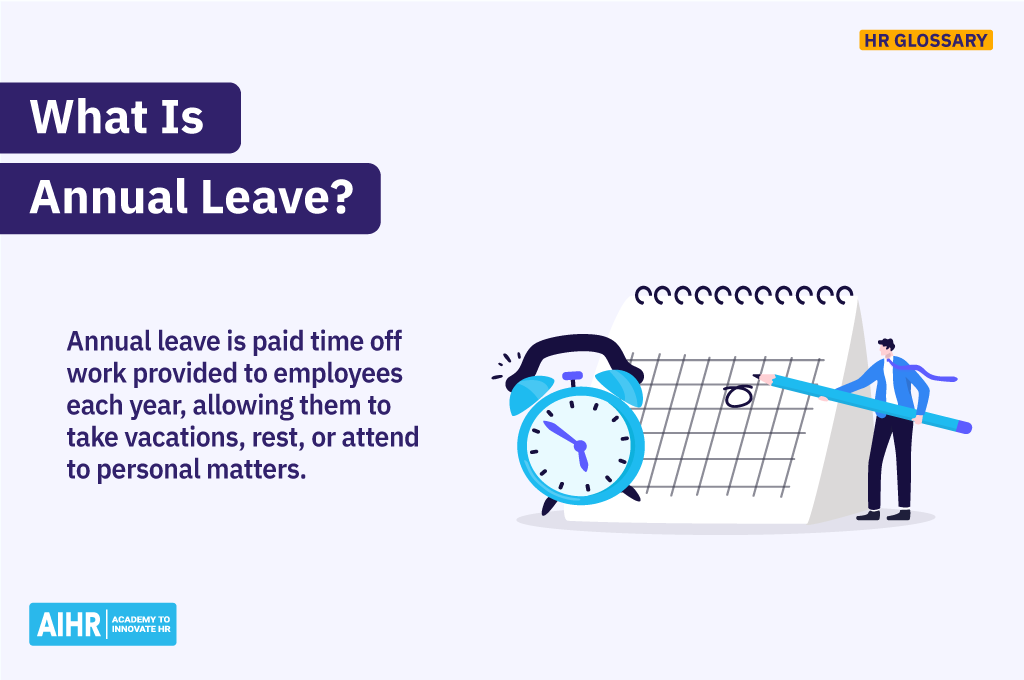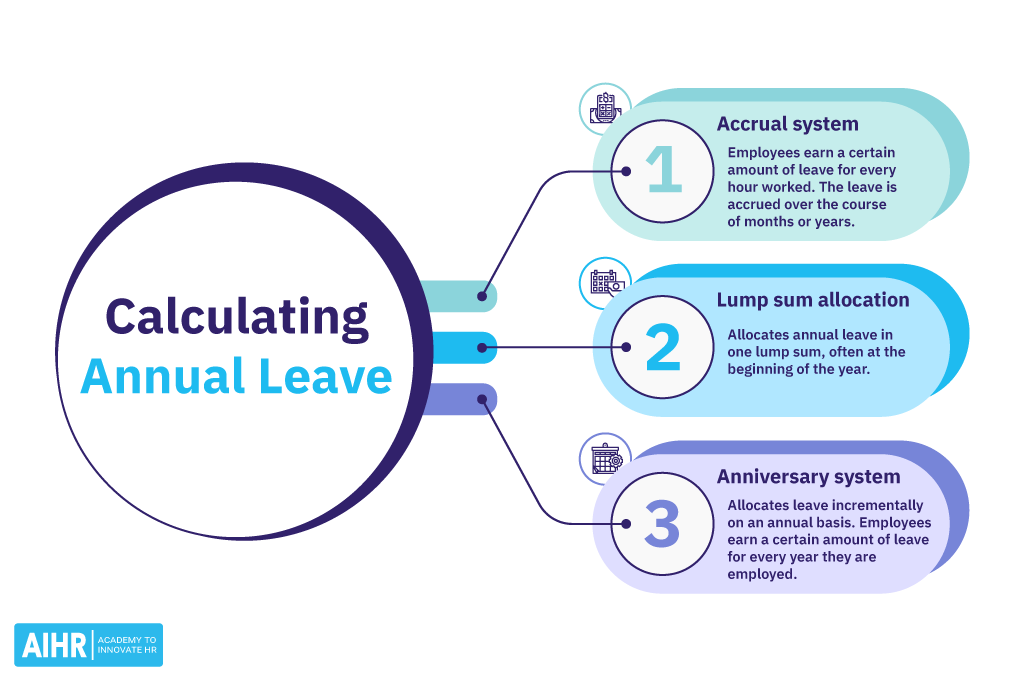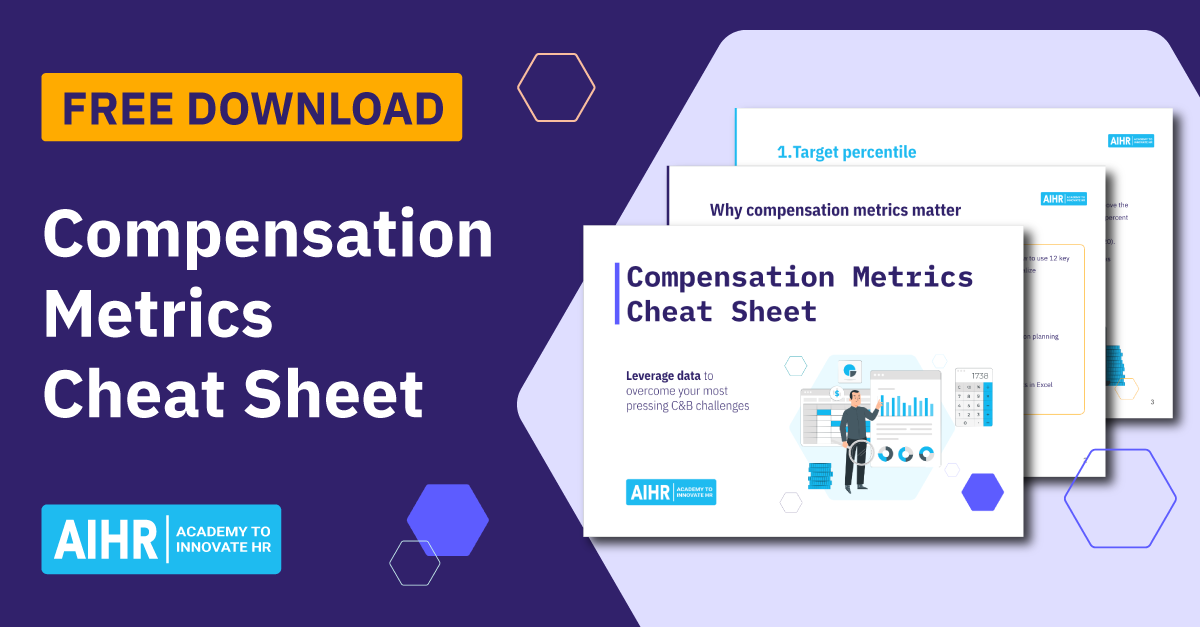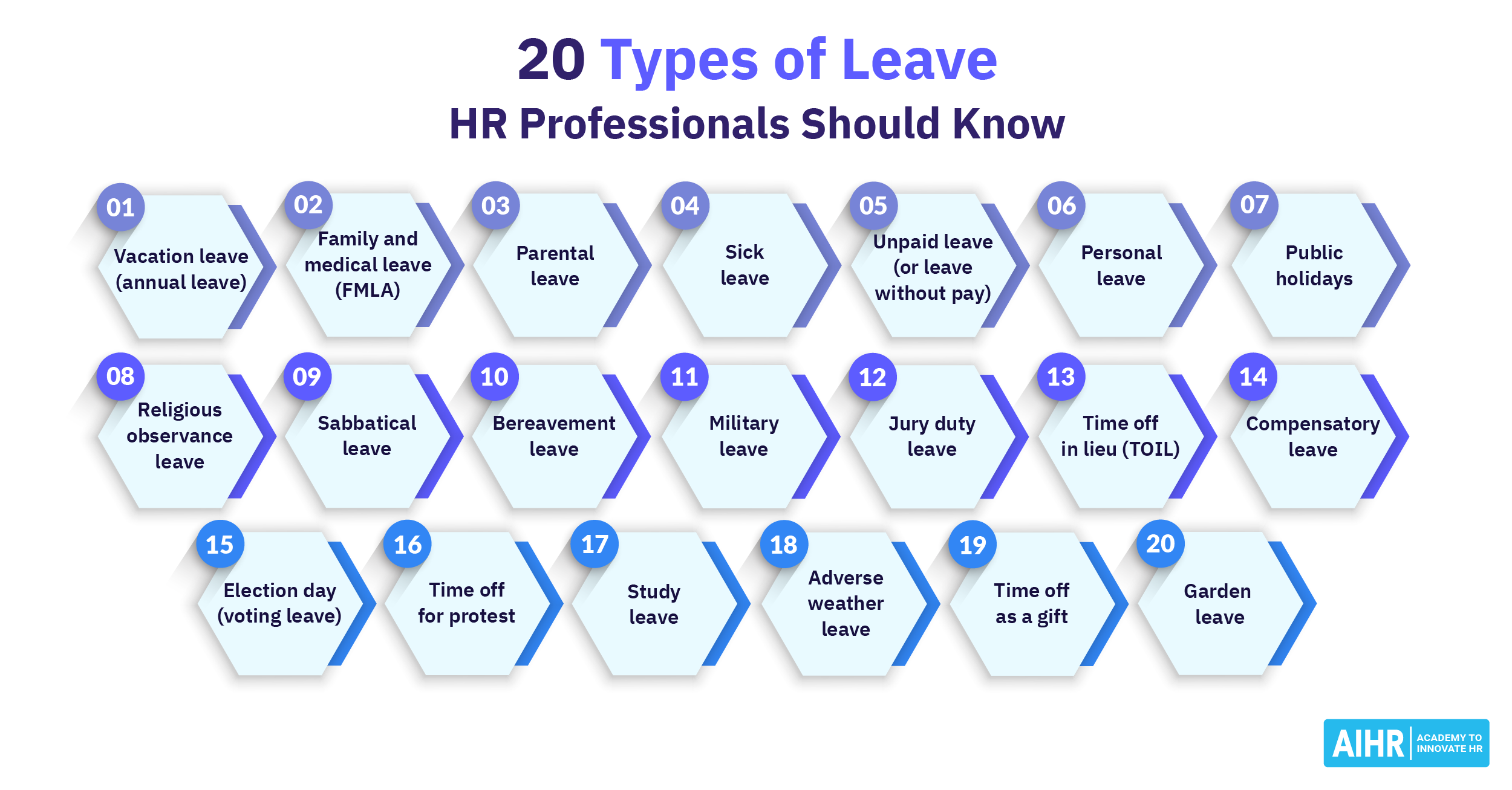Annual Leave
What is annual leave?
Annual leave is the amount of paid time off (PTO) an employee can take from work each year. Employers typically provide it as part of a compensation package, and it can be used for rest and recreation, personal errands, or other activities.
Annual leave is intended to give employees time off to relax and rejuvenate, allowing them to return to work with renewed energy and enthusiasm. Additionally, it plays a significant role in the workplace by helping to prevent burnout, improve productivity, and reduce work-related stress through regular breaks.

Annual leave vs. vacation
The terms “annual leave” and “vacation” are often used interchangeably, but they mean different things.
Annual leave refers to the total amount of time off an employee is entitled to each year. While vacation can fall within this period, it’s not the only type of time off covered.
In addition to vacation time, annual leave can also encompass other types of leave beyond the standard time off. These additional types of leave may vary depending on the country, organization, or employment agreements. They can include, for example, sick leave and bereavement leave.
The table below illustrates the difference between the two concepts:
Definition
Total days off provided by an employer annually, including all types of leave (e.g., sick, vacation, personal).
Days specifically taken off for personal rest, travel, or leisure.
Purpose
General time off encompassing various needs, including rest, illness, and personal matters.
Dedicated time off primarily for relaxation and recreational purposes.
Legal requirement
Often mandated by labor laws in various countries.
Not always a separate requirement; it’s often included in annual leave.
Example of use
Using days to recover from an illness or attend a personal appointment.
Taking time off to go on a family vacation or solo trip.
Annual leave vs. personal leave
Annual leave and personal leave serve different purposes, though both allow employees to take time off work. Annual leave is typically planned and refers to a set amount of paid time off that employees can use for vacation or general rest. This type of leave usually accrues over time and is taken in larger blocks or for planned breaks.
Personal leave, on the other hand, is often more flexible and usually meant for unplanned or personal reasons, such as caring for a sick family member, managing mental health, or dealing with emergencies. It may be limited in amount and, depending on the employer’s policy, might require a specific reason or documentation.
The main difference is that annual leave is pre-scheduled for general time off, while personal leave covers unplanned, specific needs that arise unexpectedly.
How to calculate annual leave
Employees often earn leave every pay period. The number of hours or days earned every pay period primarily depends on the hours worked and years on the job.
There are a few ways to calculate annual leave: the accrual system, lump sum allocation, and anniversary system.
- Accrual system: The accrual system refers to the number of monthly hours or days an employee earns. Under this system, employees earn a certain amount of leave for every hour worked. This leave is accrued over the course of months or years and can be used at any time.
- Lump sum allocation: The lump sum allocation system allocates leave in one lump sum, often at the beginning of the year. This system is typically used in companies with short-term projects and fluctuating employee numbers.
- Anniversary system: The anniversary system allocates leave incrementally on an annual basis. Employees earn a certain amount of leave for every year they are employed. This system is often used by employers who want to reward loyalty and consistent service.

Annual leave entitlement
Rules and regulations regarding annual leave entitlement vary from country to country. Governments or labor authorities usually establish specific guidelines to ensure that employees receive a reasonable amount of time off work for rest and recreation. This includes:
1. Statutory annual leave
In the U.S., no federal law mandates a minimum amount of annual leave or vacation time for employees. However, the Family and Medical Leave Act (FMLA) does provide eligible employees with up to 12 weeks of unpaid leave for certain family and medical reasons.
In the U.K., most employees are entitled to at least 28 days of paid time off every year—equivalent to 5.6 weeks of holiday. Employees in Australia receive four weeks of annual leave for every 12 months worked.
2. Additional annual leave benefits
In addition to statutory leave entitlements, some employers offer extra paid time off for employees in the form of additional annual leave. One example is negotiated leave, where a union and employer agree on additional leave entitlements for members as part of their collective bargaining agreement.
Accrual of annual leave
Annual leave arrangements differ from one employer to another. Generally, employees accrue a certain number of days off per year based on their work hours, employment duration, and pro-rata entitlement.
Additionally, many employers in the U.S. use a system where employees accrue a certain number of hours or days of PTO based on their length of service with the company.
Benefits of encouraging employees to take annual leave
Encouraging employees to take leave is a win-win for both parties. Below are some advantages for both employees and employers:
For employees:
- Increases job satisfaction by fostering a healthy work-life balance.
- Improves mental health and reduces stress by allowing employees to take time away from their daily work routine.
- Enhances physical health, as taking regular breaks from work can reduce fatigue, improve sleeping patterns, and boost immunity.
- It allows employees to spend quality time with friends and family and engage in activities they enjoy outside of work.
For employers:
- Enhances workplace productivity as employees return refreshed and energized after taking time off.
- Reduces burnout risk as regular breaks prevent employees from becoming overwhelmed, which helps them manage their workload better.
- Allowing staff to pursue activities outside of work increases employee engagement, which can lead to improved morale and loyalty.
HR tip
Encourage employees to use their annual leave regularly to maintain a healthy balance between work and personal life. Taking scheduled time off allows employees to reset, leading to improved focus and productivity when they return.
HR best practices for developing an annual leave policy
Organizations may have different approaches to annual leave, but all employers should consider certain best practices when developing their policies. You should:
- Determine the accrual rate and maximum carryover: The accrual rate should be based on each employee’s hours worked and years of service. The maximum carryover will determine how much leave they can carry over each year.
- Ensure compliance with applicable laws and regulations: Some countries may regulate whether and for how long annual leave can be carried over. For example, in the U.K., full-time and part-time employees can only carry over up to eight days of leave to the next year.
- Consider various leave entitlements: Different employee groups—such as part-time, full-time, or remote workers—may have different annual leave entitlements.
- Establish a clear process for requesting and approving this leave: This includes setting deadlines for when employees must submit their requests, how long they must wait until they get an answer, and who is responsible for approving their leave requests.
- Monitor usage and compliance: You want your employees to take annual leave, but you must also ensure they don’t take too much. Ensure you monitor how much leave employees take and whether they adhere to the company’s leave policy.
- Ensure your leave policy remains up to date: Times and circumstances change, so you must ensure your organization’s leave policies remain current. Make sure you review and update the policy regularly, especially if there are any changes in regulations or other relevant factors.
FAQ
Annual leave is the paid time off employees can use throughout the year for personal rest, vacation, or other personal needs. It’s typically provided as a set number of days or hours that employees accrue over time, depending on company policy or labor regulations.
This type of leave provides employees a set number of paid days off each year, which they can use for personal time, vacation, or rest. The amount typically accrues over time and may vary based on the company’s policy or local labor laws. Employees request annual leave in advance, and it’s subject to approval based on scheduling and business needs.
Federal employees earn annual leave based on their years of service:
0-3 years: 4 hours per pay period (13 days per year)
3-15 years: 6 hours per pay period (20 days per year), plus 10 hours in the last pay period
15+ years: 8 hours per pay period (26 days per year)
Leave accrues with each pay period, and part-time employees earn leave on a prorated basis.









